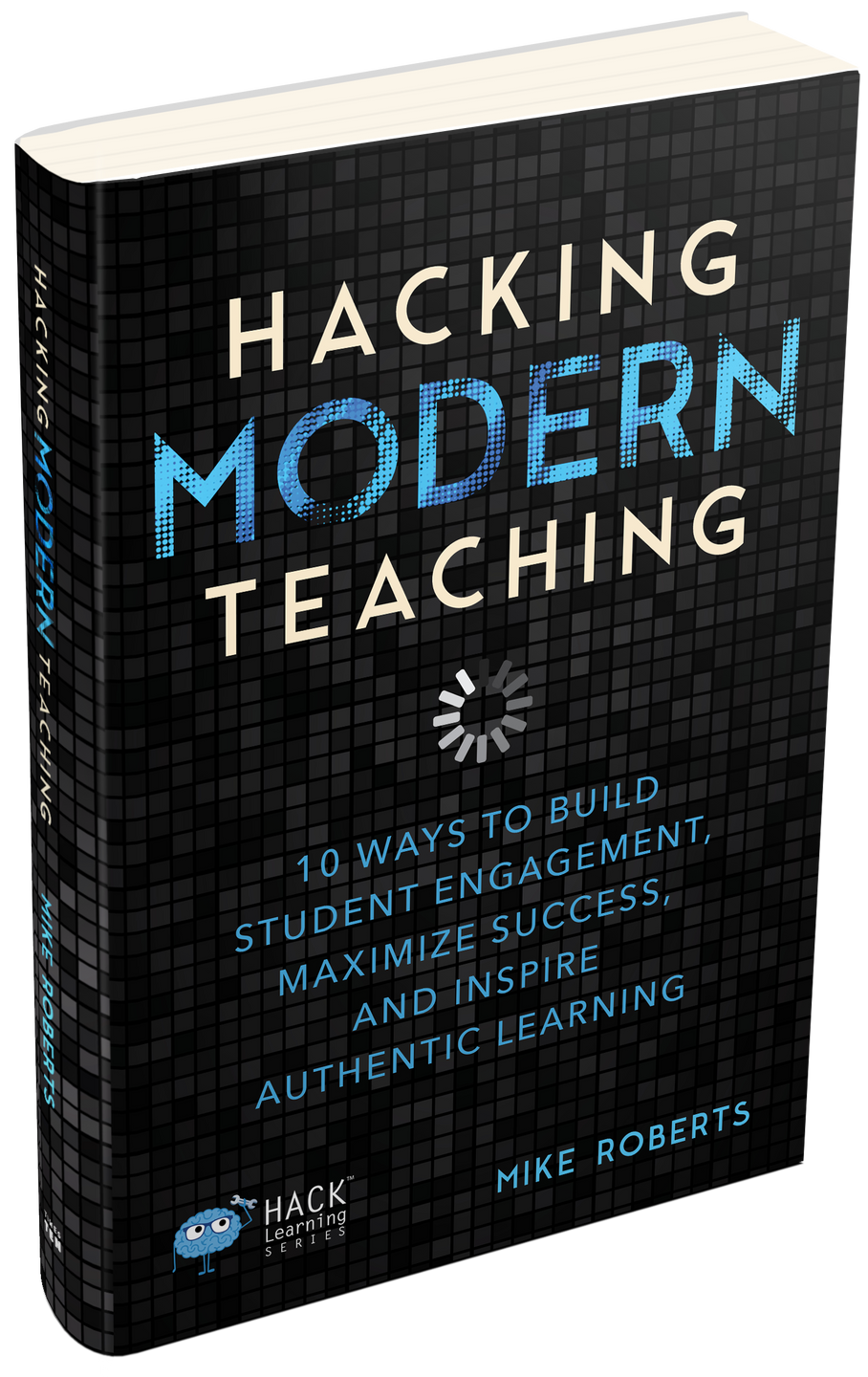Facilitate An Effective Co-Teaching Relationship
Mar 04, 2022
By Erica Terry
Blindsided.
That’s exactly how I felt when I received my schedule two days before school started. After a glance, I quickly realized that as the new educator on the block, my administrator had assigned me to co-teach four periods of ninth-grade Biology—with three different special education teachers.
I knew the challenges of co-teaching from my past experiences, but having to co-teach with three different professionals I didn't even know? That felt impossible. After trying it out for a few weeks, I went to my department chair to discuss my distress. She responded along the lines of co-teaching and time: the situation would get better.
The educational community throws around the saying “co-teaching is like a marriage.” According to the Merriam-Webster Dictionary, one of the definitions is "an intimate or close union." When asked to describe the vision of co-teaching in their school, administrators often paint pictures of classrooms filled with two caring teachers who exhibit the characteristics of a perfectly married couple: they have a trusting relationship, they listen and communicate effectively with one another, and both commit to doing whatever it takes to create a safe, welcoming environment where all students (their school family) are empowered to achieve success.
Most co-teaching pairs are tossed into a classroom together without being provided the space to develop any relationship, especially not a warm one. Not only are co-teachers unable to create a strong bond, but they also aren’t provided time to discuss their classroom routines, determine which tasks each performs, or co-plan lessons. Rather than a co-teaching success, it typically results in a dysfunctional partnership that isn’t very beneficial to the students.
Fortunately, you can improve your co-teaching by engaging in simple conversations that establish expectations and identify the roles and responsibilities of each co-teaching partner.
Talk it OUT to Develop a Collaborative Co-Teaching Relationship
To begin developing a collaborative relationship with your co-teacher, schedule 20-30 minutes to implement the Talk It OUT strategy. Talk It OUT includes three simple discussion points to jumpstart a working rapport.
As you Talk It OUT with your co-teacher, be sure to include a dialogue about the following three points.
1. Openly share your philosophy on helping all students learn and achieve success in the classroom.
The students in your co-taught class come in with a wide range of learning abilities and behaviors. Discussing your philosophy on how best to meet their diverse needs will empower you and your co-teacher to ensure that all students achieve academic and social success.
2. Understand your co-teacher’s strengths and establish the duties and obligations of each partner.
Collaborating with your co-teacher and leveraging both of your strengths to meet the individualized needs of students will create a huge impact. When you Talk It OUT, discuss the gifts that each of you brings to co-teaching and identify specific duties and obligations that align with those assets. Doing so guarantees that both you and your co-teacher can actively support every student every day!
3. Treat the classroom as a shared space that reflects the identity and values of both co-teachers.
To develop cooperation, it is important that you and your co-teacher feel like equal partners. By treating the classroom as a shared space, the value and identity that each individual brings will be reflected and recognized by students and parents alike.
The ultimate goal of co-teaching is to join forces and meet the diverse needs of your students to ensure their success. Engaging in discussions using the Talk It OUT Strategy will empower you to develop a strong co-teaching relationship that not only benefits you—but your students as well.





